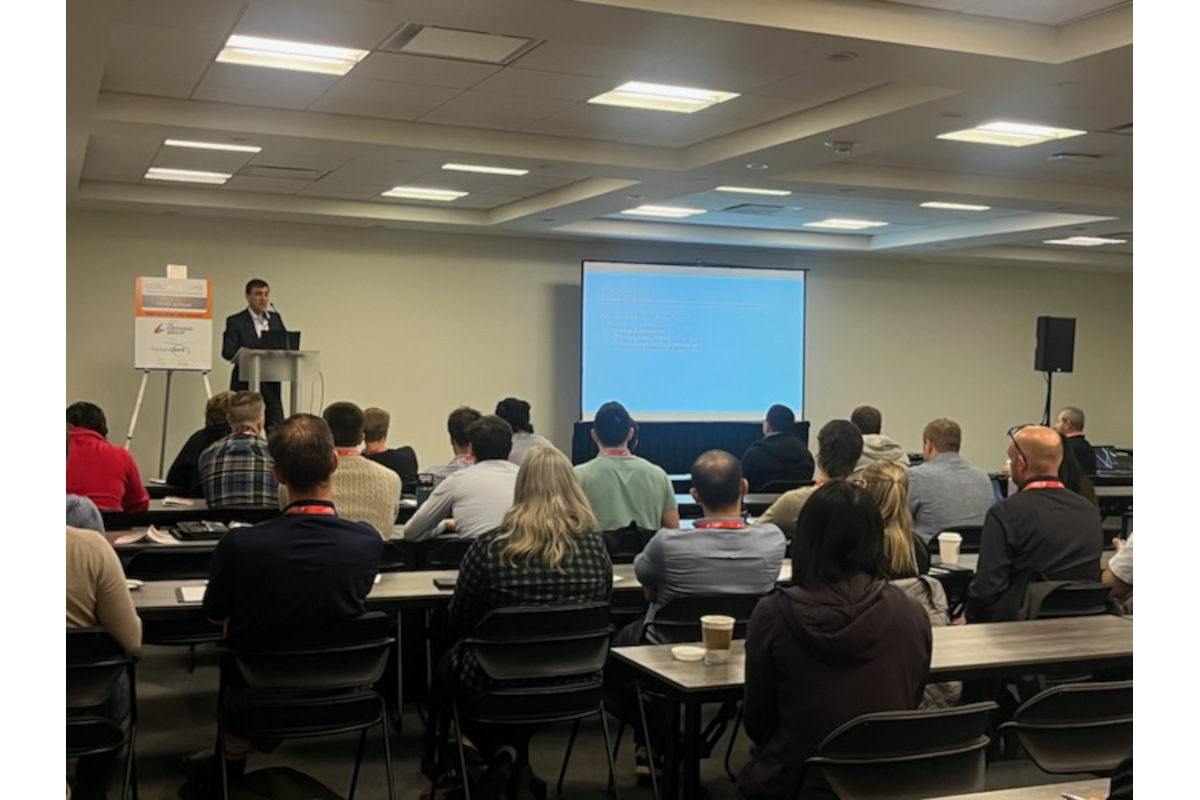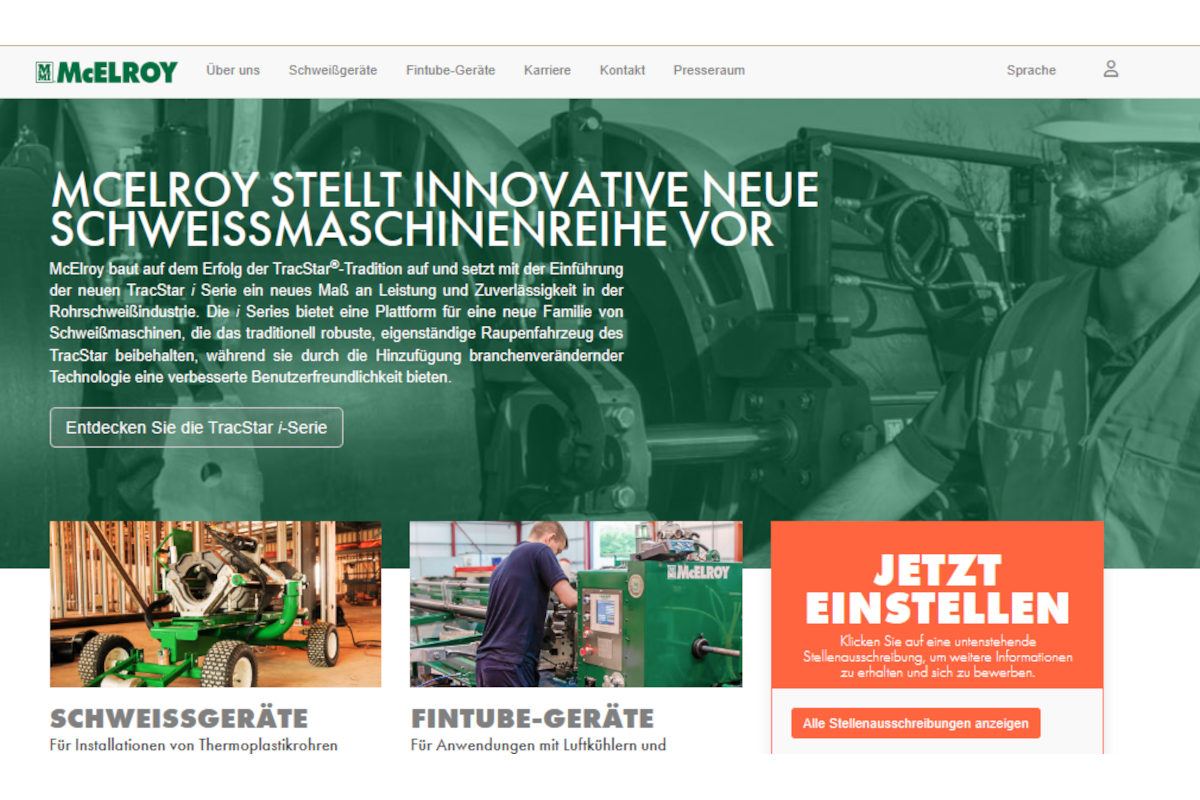Condition Assessment in the Far East
October 27, 2011
 Off to my left, I could hear the faint crash of a wave into the rocky beach. It was autumn in Asia-Pacific. Sunny, a little humid, but much more comfortable than the 40-below temperatures we left behind in Edmonton, Canada. My colleague, Dan Lingnau, called for me to come over and help wash the 12-in. SeeSnake tool in a chlorine bath. We were minutes away from loading the pipeline condition assessment tool into the water line and sending it underneath an international shipping channel to a far-away island.
Off to my left, I could hear the faint crash of a wave into the rocky beach. It was autumn in Asia-Pacific. Sunny, a little humid, but much more comfortable than the 40-below temperatures we left behind in Edmonton, Canada. My colleague, Dan Lingnau, called for me to come over and help wash the 12-in. SeeSnake tool in a chlorine bath. We were minutes away from loading the pipeline condition assessment tool into the water line and sending it underneath an international shipping channel to a far-away island. Months of planning and preparation went into the 3.5-mile inspection. There were two 12-in. transmission mains for which the client needed a direct condition assessment. While only 30 years old, the carbon steel lines were high consequence pipelines because of their location. The two lines started on a major island and ran underneath an international shipping channel that sees millions, if not billions, of dollars of goods being shipped daily. An unexpected pipeline failure would mean not only a disruption of service water for the adjoining, smaller island, but perhaps unanticipated hassle for the channel authority.
A short CCTV inspection confirmed there was already a little liner damage and the pipeline owner needed the best of available direct condition assessment techniques. Pipeline Inspection and Condition Analysis (PICA) was called to provide a Remote Field Testing (RFT) inspection. The lines had been unsuccessfully inspected before with attempts at average wall and leak detection, so the client was itching for a more comprehensive solution. PICA was tasked with providing actual wall thickness measurements with a tool that would capture 95 percent of the pipe wall condition.
Before PICA technicians arrived onsite, local contractors performed a light cleaning of the line and with PICA’s guidance ensured that the tool could safely pass through each transmission line. The tool was then shipped from PICA headquarters in Edmonton, and we buckled up for the long flight. Once on location, we sat down with the local management team to remind them of the benefits of the technique they had chosen. The PICA team, acclimated to the time change, were soon ready for the inspection. For each pipeline, the local contractor built access to the line by installing a Wye with an oversized launch barrel. To inspect the line, the SeeSnake tool was loaded into a launch barrel, the barrel was filled with water and a valve was then opened, allowing the tool to flow into the main line. At average velocities of approximately 16 ft/minute the tool traveled from one island to the other. The first pipeline was 1.25 miles long, and the second 2.25 miles long, resulting in inspection times of approximately eight hours and 12 hours. Because of the longer distance, the second inspection commenced at 10 p.m. and took place overnight.
Once the tools arrived at the receive location, the excitement was palpable. Local crews, along with the PICA team, removed the tools from the line and the data was downloaded for analysis.
 In this day in age where cell phones have more processing power than the computers in the Apollo Space Program, it can seem as if the technologies available for pipeline management are stuck in the past. Engineers can at times feel powerless to the unpredictable nature of the assets beneath their cities. Work becomes a series of chores, reacting to problems instead of proactively approaching them. I’ve heard one engineer quip that the pipeline was her boss. Okay, perhaps she was being a little dramatic; but seriously, what can be done to invert the relationship between pipeline and pipeline operator? How can asset managers be more proactive and what tools do they have at their disposal? While asset management might not currently mirror the utopia of some AT&T “rethink possible” commercial, there are powerful tools for optimizing replacement schedules.
In this day in age where cell phones have more processing power than the computers in the Apollo Space Program, it can seem as if the technologies available for pipeline management are stuck in the past. Engineers can at times feel powerless to the unpredictable nature of the assets beneath their cities. Work becomes a series of chores, reacting to problems instead of proactively approaching them. I’ve heard one engineer quip that the pipeline was her boss. Okay, perhaps she was being a little dramatic; but seriously, what can be done to invert the relationship between pipeline and pipeline operator? How can asset managers be more proactive and what tools do they have at their disposal? While asset management might not currently mirror the utopia of some AT&T “rethink possible” commercial, there are powerful tools for optimizing replacement schedules. Many cities have completed some level of risk-ranking their pipelines. At certain municipalities, this is in the form of a structured, computerized database; in other towns it’s in the form of the guy three offices down the hall. The “Guide to Water & Wastewater Asset Management” presented by Water Utility Infrastructure Management magazine (a sister publication of Trenchless Technology) outlines risk-based prioritization. It states, “an agency must view the term ‘risk’ along two dimensions: 1) the probability of a bad thing occurring and 2) the consequence when it does occur.” All risks deemed “Moderate,” “Major,” or “Extreme” should be addressed with a plan of action. One of those options is looking into a condition assessment of the line.
Not all inspections are created equal. The Asia-Pacific project was unique in that the tool traveled between islands; however, most jobs take place in the middle of cities, big and small. Recently, PICA completed inspections ranging from of an 8-in. ductile iron wastewater line on the eastern seaboard to 6-in. water distribution lines in Canada. Some projects are quite complex and require months of planning; such as high consequence lines that have extremely expensive replacement costs. Others though, are relatively straightforward and can be accomplished with a few weeks’ notice, sometimes even days’ notice. The value of these inspections can dwarf the cost of a replacement or rehabilitation project.
When looking at available inspection technologies, pipeline owners have many options at their disposal, including CCTV, average wall measurements, leak detection and remote field. While there is no silver bullet solution for asset managers to employ, a rudimentary cost-benefit analysis can be conducted to help determine if an inspection is effective, and if so, what type of inspection is most effective.
 Each Remote Field tool consists of an “Exciter” component and a “Detector” component. The Exciter emits an electromagnetic AC field that communicates with the detector. When the pipe wall become thinner (e.g. corrosion, pitting) or thicker (e.g. bell & spigot, sleeve), the detector records a change in the signal. Because these tools are recording data 360 degrees around the circumference of the pipe and every few millimeters along the pipeline, PICA is able to generate a comprehensive profile of the pipe. This quality of information can really empower an engineer scheduling pipeline repairs and rehabilitation.
Each Remote Field tool consists of an “Exciter” component and a “Detector” component. The Exciter emits an electromagnetic AC field that communicates with the detector. When the pipe wall become thinner (e.g. corrosion, pitting) or thicker (e.g. bell & spigot, sleeve), the detector records a change in the signal. Because these tools are recording data 360 degrees around the circumference of the pipe and every few millimeters along the pipeline, PICA is able to generate a comprehensive profile of the pipe. This quality of information can really empower an engineer scheduling pipeline repairs and rehabilitation.In the end, high-quality data from the Asia-Pacific inspection was delivered to the client where they were able to take the necessary steps to ensure the safe operation of this valuable asset. The final report included the number of pipe segments, their lengths, number of girth welds, average pipe wall thickness, along with the most significant information: the size and depth of localized defects, pipe wall thinning and stress indications.
This project demonstrates that the technology is available to asset managers to help them turn unknown liabilities into known assets. With the right tools at their disposal, engineers can continue to improve the operation of their aging pipeline systems.
Chris Garrett is general manager of U.S. operations for PICA.




